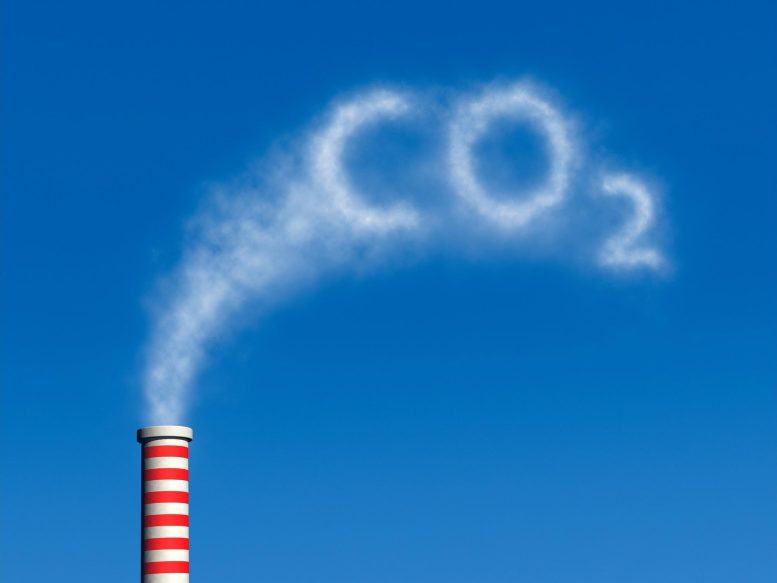
Researchers have developed an electrochemical cell that captures and releases CO2 at room temperature, requiring less energy than traditional amine-based systems. The new system, optimized with potassium and zinc ions, shows promise for industrial applications and is almost 95% efficient after multiple cycles.
Capturing carbon dioxide (CO2) is an encouraging strategy for mitigating climate change. This method involves sequestering CO2 before it can enter the atmosphere, but it typically demands significant energy and infrastructure. However, a new study published in ACS Central Science outlines a more efficient system using an electrochemical cell to effectively capture and release CO2. This innovation functions at room temperature and consumes less energy compared to conventional systems that rely on amine-based processes.
Many industries are turning to electrification to help curb carbon emissions, but this technique isn’t feasible for all sectors. For example, CO2 is a natural byproduct of cement manufacture, and thus a major contributor to emissions on its own. Excess gas can be trapped with carbon-capture technologies, which typically rely on amines to help “scrub” the pollutant by chemically bonding to it.
But this also requires lots of energy, heat, and industrial equipment — which can burn even more fossil fuels in the process. Carbon capture could itself be electrified by using electrochemical cells, and these devices could be powered by renewable energy sources. So, Fang-Yu Kuo, Sung Eun Jerng, and Betar Gallant wanted to develop an electrochemical cell that could easily and reversibly trap CO2 with minimal energy input.
The team first developed an electrochemical cell that could both catch and release emitted carbon by “swinging” positively charged cations across a liquid amine dissolved in dimethyl sulfoxide. When the cell was discharged, a strong Lewis cation interacted with the carbamic acid, releasing CO2 and forming the carbamate amine. When the process was reversed and the cell charged, the cation was removed, and the cell could capture CO2 and reform the carbamic acid in the process.
The researchers optimized the ion-swinging process with a combination of potassium and zinc ions. In a prototype cell, they used these two ions as the basis for the cell’s cathode and anode. This cell required less energy than other, heat-based cells and was competitive with other electrochemical cells in initial experiments.
Additionally, they tested the device’s long-term stability and found that nearly 95% of its original capacity was maintained after several cycles of charging and discharging, demonstrating that the system was feasible. The researchers say that this work shows that an electrochemical alternative is possible and could help make continuous CO2 capture-release technologies more practical for industrial applications.
Reference: “Dual Salt Cation-Swing Process for Electrochemical CO2 Separation” by Fang-Yu Kuo, Sung Eun Jerng and Betar M. Gallant, 30 August 2023, ACS Central Science.
DOI: 10.1021/acscentsci.3c00692
The authors acknowledge funding from the Massachusetts Institute of Technology Research Support Council.

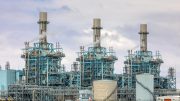
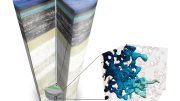

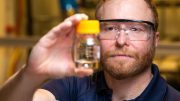
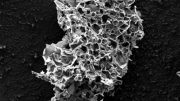



When are we going to see the end of the co2 hoax? Every thinking person knows by now that co2 never has, and never will be a problem, as long as there is enough of it in the atmosphere
CO2 can be a problem. In an enclosed environment like a submarine or space vehicle, it can be a problem fast risking suffocation. Releasing enormous amounts of it into the atmosphere changes things, even if we can’t yet understand in what way or how much. It’s a greenhouse gas, and also plant food, and who knows what else, so we don’t know what we’re doing. The term “climate change” is vague because climate changes regardless, but it captures the uncertainty. The hoax is in what is proposed as solutions. Capturing CO2 may help, and we don’t know, but hopefully we’ll be changing less.
A capture cell is interesting. It will use electricity, made mostly from burning fossil fuels, and it’ll need fossil fuels to create the cell, and it degrades as it’s used so it needs replacing. The study was done in Massachussets, which gets its electricity from natural gas. Still, prototypes get improved, so make it more efficient, more robust, cheaper.